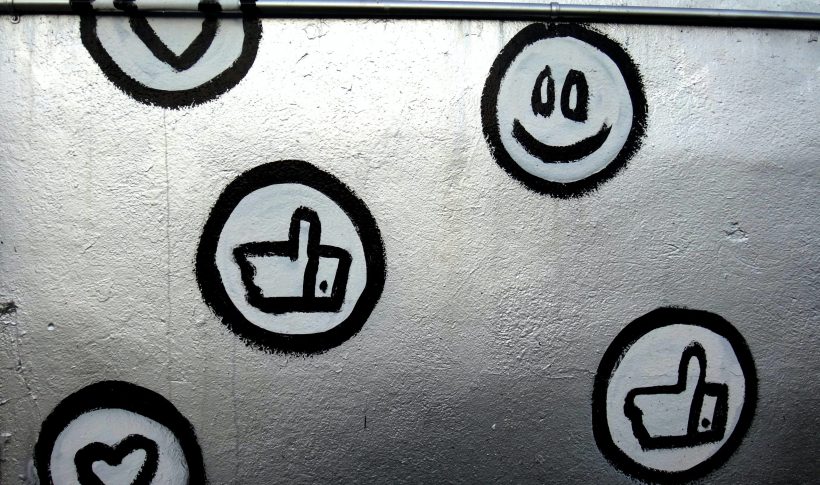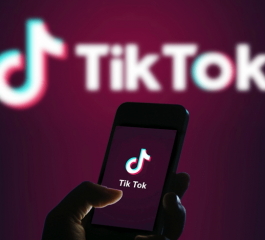Influencers are modern-day entrepreneurs, and their lifestyle is quite compelling (flexible hours, free products and services, all-expenses-paid vacations, etc.). Today, influencer marketing has exploded and everyone is jumping on the bandwagon, saturating Instagram with branded content (product placements, giveaways, discount codes, etc.) 📈. As a result, there is currently too much noise on social networks and it becomes quite difficult for an influencer to get their message across 💬.
However, it has been proven that organic posts from influencers do not work as well as they used to. This is because followers are tired 😴 of all the promotional posts from influencer pages and Instagram’s ever-changing, rigid algorithm hampers organic reach for posts. In other words, brands don’t get as much out of a post on an influencer’s page as they used to, and exhausted followers aren’t thrilled to see another #️⃣ad either.
The influencer solution: Whitelisting
Whitelisting is a different way to do white label influencer marketing. Some brands refer to whitelisting as “dark posting” or “advertiser access.” In short, this involves brand partners gaining access to their influencers’ ad permissions ✅. When whitelisting, they allow brands they work with to advertise their business using their username, content and audience, providing some pretty neat benefits to both parties.
Here are some of the top benefits of whitelisting:
- Fresh content all the time 🔄
With whitelisting, influencers can offer interesting content to their followers. Content prepared under Whitelisting is also referred to as dark posts because it will not appear on the influencer’s personal page. Labeled as sponsored content #️⃣, it will then appear in the news feeds of their followers. This allows them to do more branding work for influencer advertising without burning out their followers.
- Lookalike Audiences🪞
An influencer’s lookalike audiences are people whose interests match those of their current followers. Brand partners can take content from the influencer and promote it to lookalike audiences. It’s a win-win 🤝: brands can leverage influencer content and likeness to target people that are most likely to be responsive to it. In addition, the influencer can see the content they’ve worked hard on having a real impact and can enjoy more brand work than ever before without fatiguing their followers.
- Reach a broader audience 👥
When an influencer is whitelisted, their content will reach many more people. Because of lookalike audiences and other strategic targeting options now available to brands, people who see the influencer’s ads are most likely to like their content overall. With the influencer’s prominent and easily clickable handle, it’s easy for those ad audiences to turn into followers.
One thing to consider before Whitelisting ☝🏽
Whitelisting is still a new concept and many brands don’t really know how it works yet and often try to manipulate the process in their favor. For better influencer marketing, influencers must therefore be involved in the process. They should not share their passwords with their brand partners and should be careful about sensitive data linked to their social media accounts. Although data sharing can be essential for influencer marketing reports, influencers should be careful about the security of their data first 🔐.



